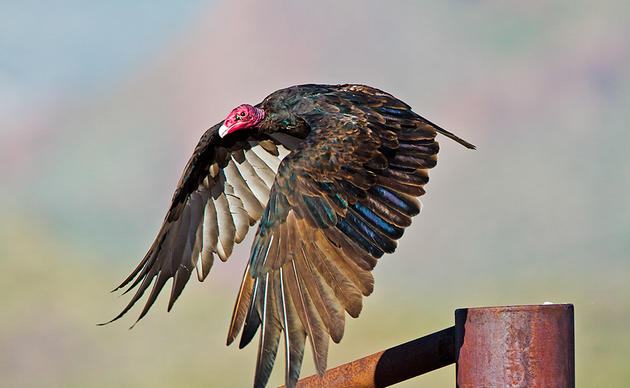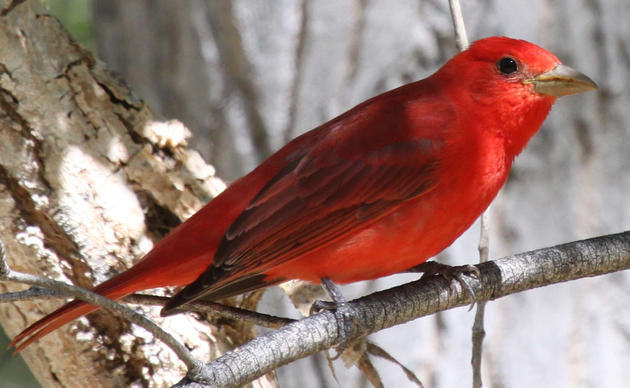Shut Your Pipes

Exposed vertical pipes with open tops pose a tremendous hazard to birds and other wildlife. They are particularly hazardous for birds that either fall into these openings, or enter looking for nesting space. Once inside, birds are unable to open their wings to fly out, and the smooth sides make it impossible to climb out. Inevitably, the birds suffer a miserable, unnecessary death from starvation and exposure.
Open pipes are a threat to all birds
Open pipes kill birds indiscriminately. Both common birds and protected species have been found among the layers of dead birds in open pipes. And the destruction can occur in pipes from one to 10 inches wide.
Audubon California staff pulled down a 20-foot-tall ventilation pipe in 2009 from an abandoned irrigation system and discovered a seven-foot-long black mass composed entirely of decomposed carcasses of hundreds of dead birds and animals including kestrels, flickers, bluebirds, and fence lizards. The date etched into the concrete at the base of the pipe showed that it had been in place for more than 50 years.
Where open top vertical pipes can occur
Open vertical pipes occur in more places than you might think, including:
- Sign posts
- Fences
- Survey markers
- Building plumbing vents
- Irrigation systems
- Chimneys
How you can help on your property
- Look around and identify all the open top vertical pipes on your property.
- Cap, close, remove or screen all of them.
- Even pipes placed temporarily will trap birds.
- Put screens over sapling protector tubes, or leave openings at the bottom for birds and wildlife to escape.
- When you visit other properties – public or private – share what you know about the dangers of open pipes.
How you can help, right now
Visit us on Facebook
Keep up to date on everything happening at the Kern River Preserve and share highlight from your own visit.
Sign-up for Updates
Subscribe to our email list to know about upcoming festivals, volunteer days, and other events.
Make a Gift
Through the support of people like you, we can keep building a culture of conservation by working to protect wildlife habitat, cultural resources, and the diversity of life.


